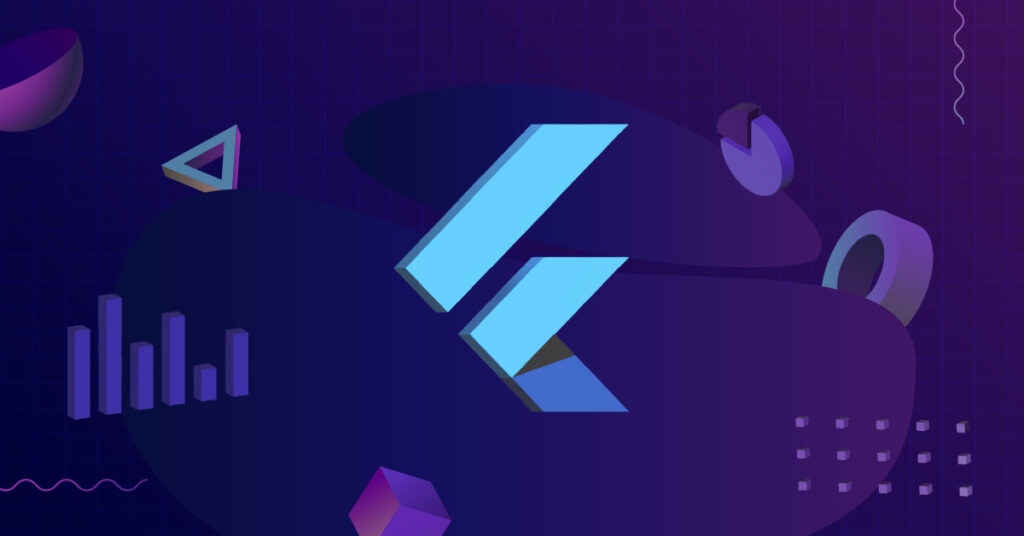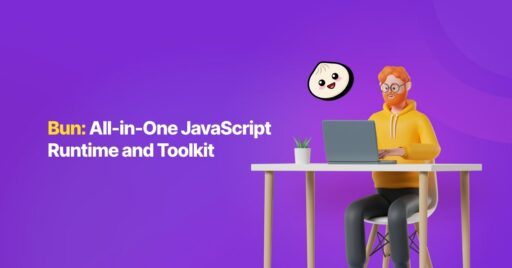Flutter is a cross-platform application development toolkit developed by Google. The popularity of Flutter is imminent as it enables faster development, with a flexible UI and customization, including the creation of natively compiled applications across platforms such as mobile, web, desktop, and embedded devices with the help of a single codebase. Flutter applications are developed using Dart, which is a simple object-oriented programming language. Currently, Google uses Flutter for some of its most popular applications, namely Google Assistant, Google Home Hub UI, and much more. Nearly 50,000 Flutter-based applications are available in Google Play Store, and the numbers are increasing at a staggering rate.
The significance of cross-platform app development is gaining traction, and the reason behind its rising demand is faster development and quicker time-to-market, reduced costs, and the use of a single codebase for various platforms. As a result, several organizations are opting for cross-platform development frameworks and technologies, but the debate over the appropriate choice of framework continues to prevail. In recent years, various frameworks and technologies have been at the forefront of application development, but each consists of varying attributes that make them differ from one another. Therefore, evaluating the application development frameworks requires a developer’s perspective to understand the effectiveness of the frameworks.
This evaluation brings comparative analysis of how Flutter performs against some of the existing application development frameworks, emphasizing the key considerations highlighted from a developer’s perspective. Download and get our complete White Paper here.



